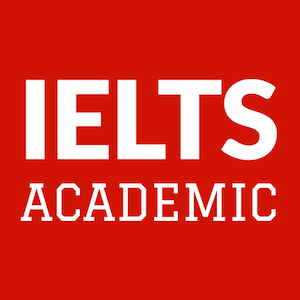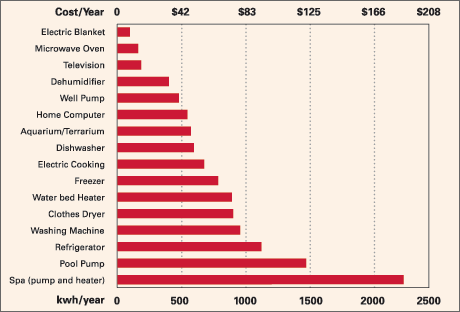IELTS Writing Task 1: Question
A table of data is a familiar sight in IELTS Writing Task 1. Try this example which looks at student funding in the US. A sample answer follows below.
The table below shows the primary funding sources of international students in the US during the years 2003/04 and 2013/14. Write a 150-word report for a university lecturer describing the data and make comparisons where relevant.
IELTS Writing Task 1: Sample Answer
The table shows how international students in the US funded their studies in the years 2003/04 and 2013/14. Overall, there was a noticeable trend towards sponsorship by foreign governments, foreign universities, and current employers over the ten-year period.
First of all, the period 2003/04 to 2013/14 witnessed a significant rise in the number of international students in the US, from 572,509 to 886,052, a rise of more than 50%. Given the large increase, were there any changes in how foreign students paid for their studies?
The table shows that the two main funding sources were ‘Personal and Family’ and ‘US College or University’, which together accounted for 90% of funding in 2003/2004. However, taken together, these two sources had dropped to 84% by 2013/14.
At the same time, there was substantial growth in the numbers of students funded by ‘Foreign Government or University’ and ‘Current Employer’, which saw increases of 383% and 390% respectively. Even though they still accounted for only a small minority of funding, both sources became more important to foreign students during the period.
(177 words, IELTS 9.0)
Why Does This Task 1 Answer Get IELTS 9.0?
Task achievement: The sample answer identifies a major point of interest in the data and supports this with relevant figures from the table.
Coherence and cohesion: The sample answer is organised into paragraphs which are connected logically. There is an overall description at the beginning and end of the answer.
Lexical resource: The sample answer uses vocabulary appropriate to comparing data such as ‘accounted for’ and ‘witnessed a significant rise’. Native-like collocation is used throughout the model answer.
Grammatical range and accuracy: The sample answer includes many examples of complex sentences that combine a main point with supporting evidence in two clauses.
Teacher’s Note
 This IELTS Writing Task 1 answer is a great example of how a focus on one particular trend can result in a high impact and high score. The writer identifies a growth in two funding sources and uses this as the whole basis of the report. Notice how it’s repeated in the introduction, body and conclusion. When describing a table in Task 1, it’s easy to become ‘lost in data’. Highlight the one trend that sticks out and make it the basis of your answer.
This IELTS Writing Task 1 answer is a great example of how a focus on one particular trend can result in a high impact and high score. The writer identifies a growth in two funding sources and uses this as the whole basis of the report. Notice how it’s repeated in the introduction, body and conclusion. When describing a table in Task 1, it’s easy to become ‘lost in data’. Highlight the one trend that sticks out and make it the basis of your answer.










